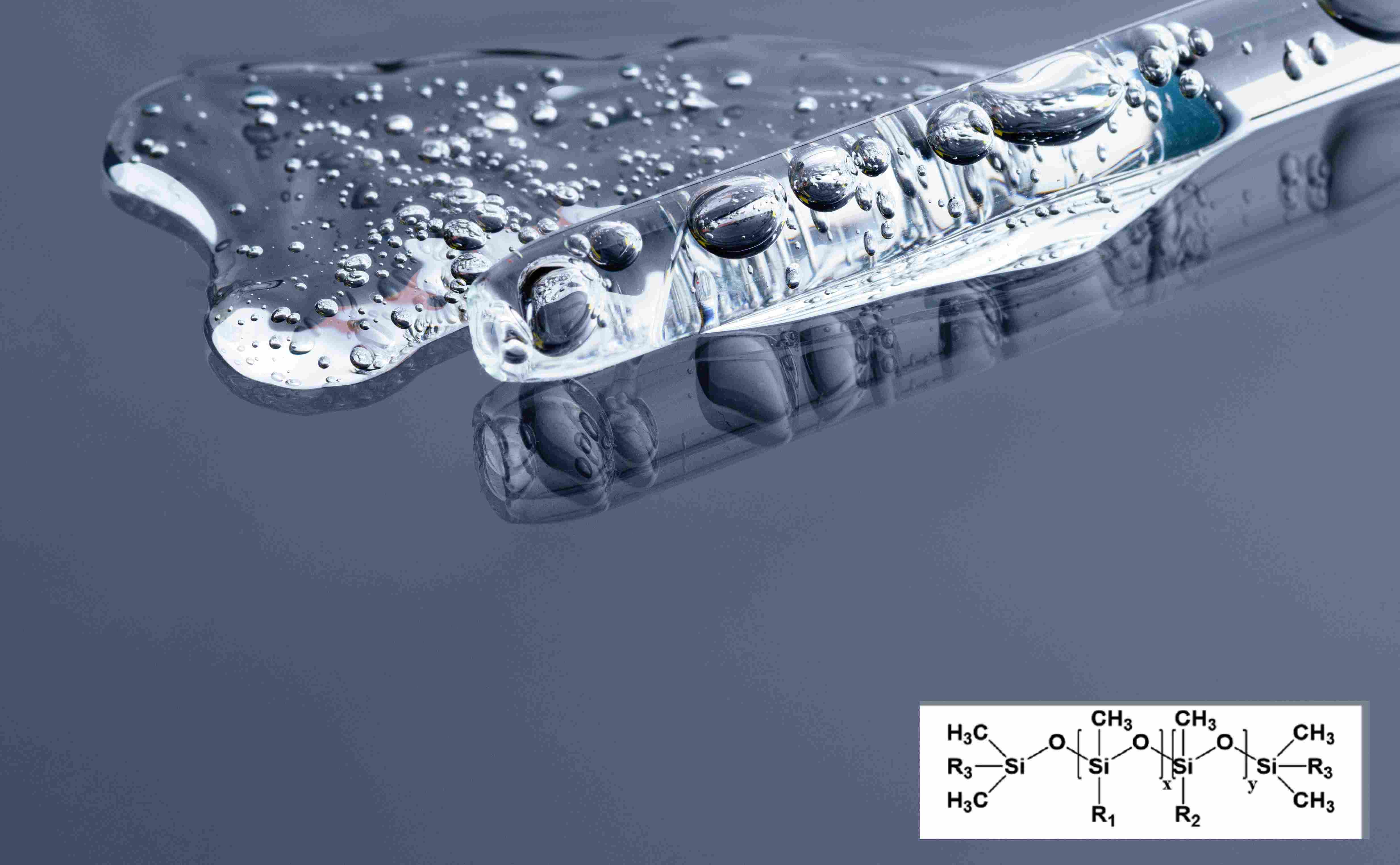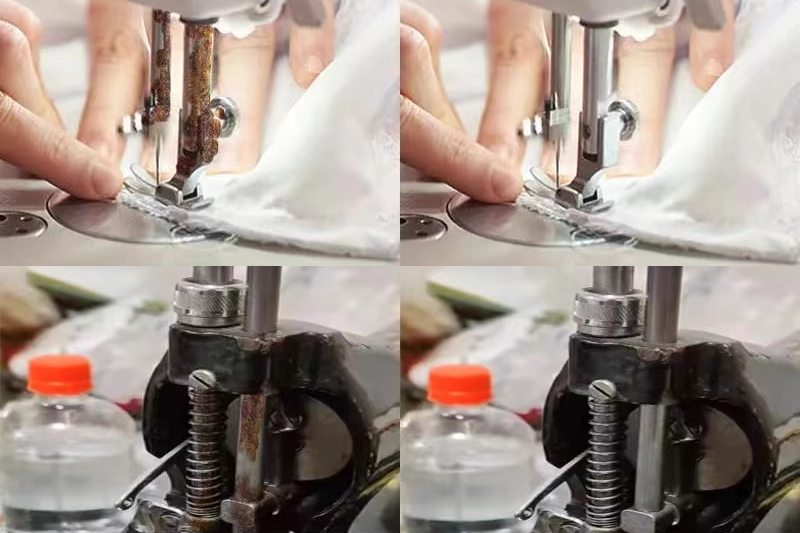Why Silicone Oil is an Ideal Lubment for Sewing Machines

In modern industrial production, sewing machines are critical manufacturing equipment whose operational efficiency and longevity heavily depend on lubricant selection. Silicone oil, as a specialized lubricant, demonstrates unique advantages in sewing machine applications due to its distinctive molecular structure and physicochemical properties.
I. Performance Requirements for Sewing Machine Lubricants
During operation, internal components like needle bars, shuttle beds, and feed dogs endure highspeed friction and cyclic loads. An ideal lubricant must possess:
1. Superior Lubricity – Effectively reduces friction coefficients
2. Thermal Stability – Resists decomposition at high temperatures
3. Chemical Inertness – Nonreactive with metals or textile materials
4. Optimal Viscosity – Forms protective films without hindering mechanical motion
5. Oxidation Resistance – Extends service life

II. Unique Advantages of Silicone Oil
Silicone oil, an organosilicon polymer with a backbone of alternating siliconoxygen bonds (SiOSi), offers exceptional properties:
1. Low Friction Coefficient (0.001–0.01) due to flexible molecular chains
2. Broad Temperature Range (–50°C to 200°C) with stable thermal performance
3. Chemical Inertness – Noncorrosive to metals and harmless to textiles
4. TemperatureIndependent Viscosity – Ensures consistent lubrication
5. Exceptional Oxidation Resistance – Prolongs maintenance intervals
III. Practical Benefits in Sewing Machine Applications
Silicone oil delivers tangible advantages in realworld scenarios:
1. LongLasting Lubrication – Reduces maintenance frequency
2. FabricFriendly – Eliminates textile contamination risks
3. HighSpeed Compatibility – Lowers energy consumption
4. Metal Surface Protection – Extends equipment lifespan
5. Environmental Compliance – Aligns with sustainable manufacturing standards

Conclusion
Silicone oil’s outstanding performance as a sewing machine lubricant stems from its molecular architecture and physicochemical traits. It not only meets essential lubricant requirements but also provides additional operational benefits. As the textile industry evolves, silicone oil’s role in sewing machine lubrication will continue to expand. Future advancements in molecular engineering promise even greater potential for siliconebased lubricants.
Key Takeaway
Silicone oil exemplifies how advanced materials science addresses industrial challenges, balancing technical efficiency with environmental responsibility.
For textile manufacturers and equipment engineers: Have you tested silicone oil in your maintenance protocols? Share your experiences in the comments!
